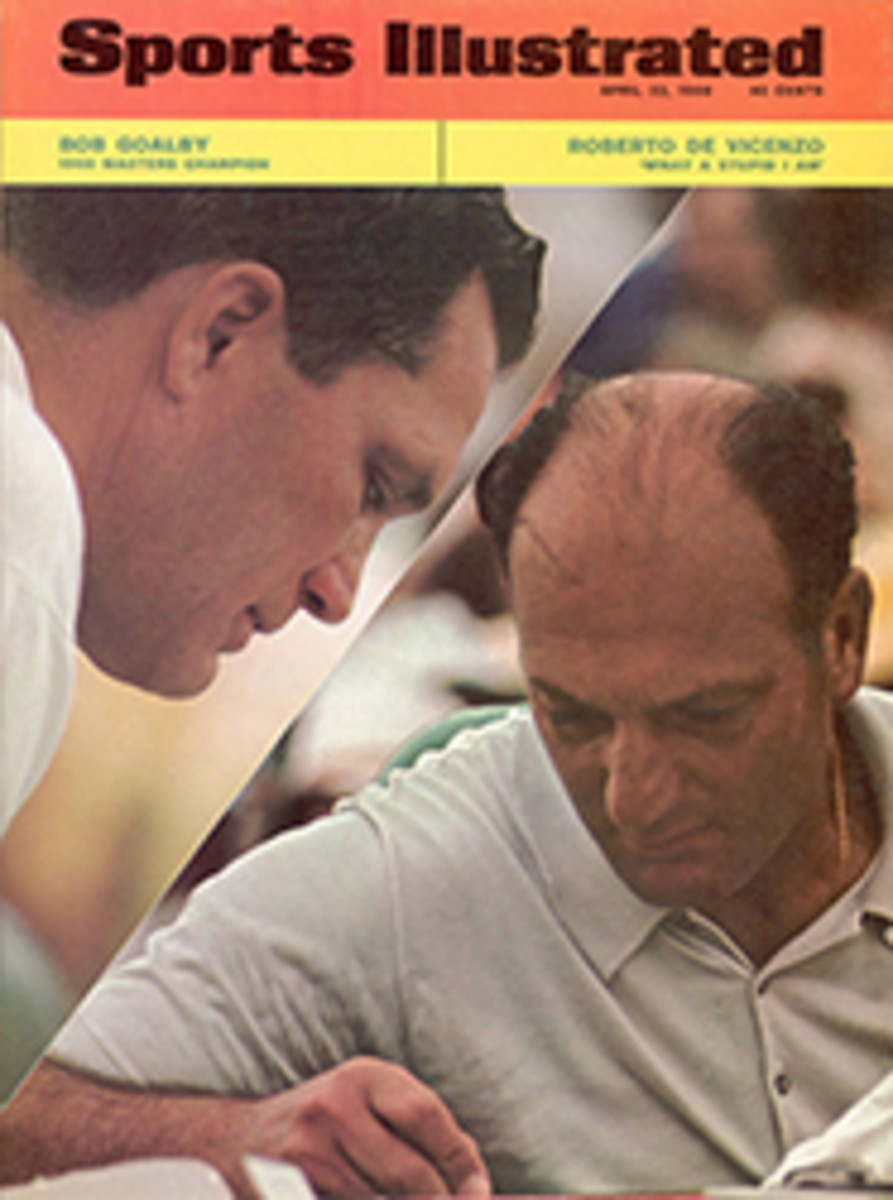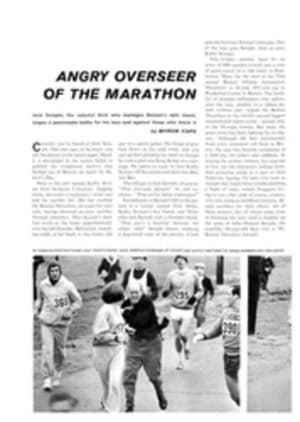
Scarlet Tails and a Brunch for 500
Perhaps no sport is ever quite so inundated in elegant and seemingly endless tides of parties as that picturesque old competition, hunt racing. And when the race happens to be Nashville's Iroquois Steeplechase, the festivities and the frivolity reach peaks of exuberance and frequency that are rarely matched elsewhere.
As such events go, the Iroquois is not terribly old; it was first run in 1941. But it comes by its social standing honestly, for its antecedent in the Nashville area was the Grasslands International Steeplechase, sponsored by a Corinthians" hunt club of the same name which charged a $10,000 membership fee, demanded that men always wear tails in the dining room and awarded competitive cups contributed by such sportsmen as the Duke of Beaufort and the King of Spain. After the market crashed in 1929, so did the Grasslands hunt club, but a couple of hardy ex-members and some wealthy farmers managed to maintain hounds, horses and hunting in the pastures outside Nashville despite the Depression. Eventually they formed a more modest hunt club. Soon influential members made an arrangement in Washington whereby federal funds became available to build a fine racecourse, designed by Willie du Pont and constructed by the WPA.
And there the Iroquois has been run 26 times now—each one amid a round of drinking, dancing and dining that threatens to make the race incidental. The night before last year's Iroquois there was a dinner at Belle Meade Country Club, a kind of social trumpet call to the weekend. The Belle Meade affair was preceded by dozens of cozy private parties, and many arrived at the country club with a head start on cocktails. After dinner came the Iroquois Calcutta auction. John Sloan, a vice-president of the Iroquois and chief auctioneer for the event, looked pleased as he studied the entries; there were 11. "Once," he said, "we had only three and they were all local. The parties were a bigger fixture than the race that year." In the auction horses were sold for as high as $2,000, and after it was over, most bidders moved on to other parties to wind up the first night.
There was no noticeable slowdown by full morning light, which introduced such lavish prerace affairs as the brunch for 500 at the estate of Calvin Houghland, owner of two former Iroquois winners. It was raining, and many guests surged into the house, but quite a number gathered under tents pitched near the kidney-shaped pool. Waiters served drinks with an elaborate breakfast—creamed turkey, Canadian bacon, grits, curried eggs, fruit aspic, hot biscuits, Danish pastry. Watching the crowd wash into the house from the rain-drenched grounds, John Sloan said to Houghland, "I am worried about your rugs." Houghland replied, "Oh, you know those old Orientals; nothing hurts them."
The Houghland breakfast broke up about 2 in the afternoon, and as everyone headed for the racecourse the sun suddenly came out. The brilliant green turf was soggy but not dangerous, and after girl outriders, mounted sidesaddle, had led the horses onto the track, the afternoon's eight races began. The program included events for ponies and quarter horses, a timber race, a parade of the Hillsboro Hounds, a ladies' race—and, finally, the Iroquois, three miles over 18 jumps. The crowd cheered from the permanent box seats built into the hillsides as Appollon, an Irish-bred newcomer to the Iroquois owned by William Rochester of Warrenton, Va., took the lead at the end of the second mile. Houghland's Walker Cay made a mild bid but he was not able to pull alongside. Appollon never faltered to the finish, and so ended the Iroquois Steeplechase—but not the parties.
First there was a little aprés-race get-together at the Guilford Dudleys' white-columned mansion. Beside a pool a Meyer Davis combo played dance music and, in the adjacent garden, a table groaned beneath a ranch-size load of roast beef. "Even Louisville at Derby time doesn't come up to the parties here," admitted a Kentucky-bred guest.
Next on the calendar was the official post-Iroquois ball, back at Belle Meade. At one point a horse van pulled up under the porte cochere; it was packed with people sitting at a fully equipped bar. The loading ramp dropped and, as pages in red jackets and white knee breeches stood by to help, the formally attired occupants leisurely swallowed the dregs of their drinks and strode out of the van and into the country club. Inside, the ballroom tables were covered with scarlet cloth and lit by gold candelabra entwined with red carnations. Some men wore scarlet hunt tails and a few favored kilts; their ladies were in floor-length gowns, and they danced until dawn.

